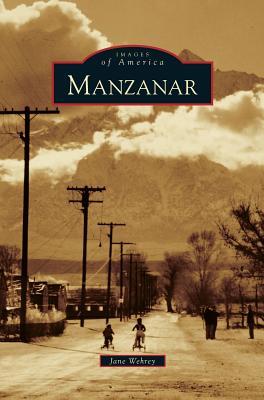
spectacularly scenic landscape. Owens Valley Paiute lived there first, followed by white homesteaders and ranchers. But with the onset of World War II came a new identity as the first of 10 "relocation centers" hastily built in 1942 to house 110,000 people of Japanese ancestry, two-thirds of them American citizens, removed from the West Coast. In
the face of upheaval and loss, Manzanar's 10,000 confined residents created parks, gardens, and a functioning wartime community within the camp's barbed-wire-enclosed square mile of flimsy barracks.
Today Manzanar National Historic Site commemorates this and all of Manzanar's unique communities.
spectacularly scenic landscape. Owens Valley Paiute lived there first, followed by white homesteaders and ranchers. But with the onset of World War II came a new identity as the first of 10 "relocation centers" hastily built in 1942 to house 110,000 people of Japanese ancestry, two-thirds of them American citizens, removed from the West Coast. In
the face of upheaval and loss, Manzanar's 10,000 confined residents created parks, gardens, and a functioning wartime community within the camp's barbed-wire-enclosed square mile of flimsy barracks.
Today Manzanar National Historic Site commemorates this and all of Manzanar's unique communities.
Hardcover
$31.99